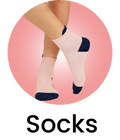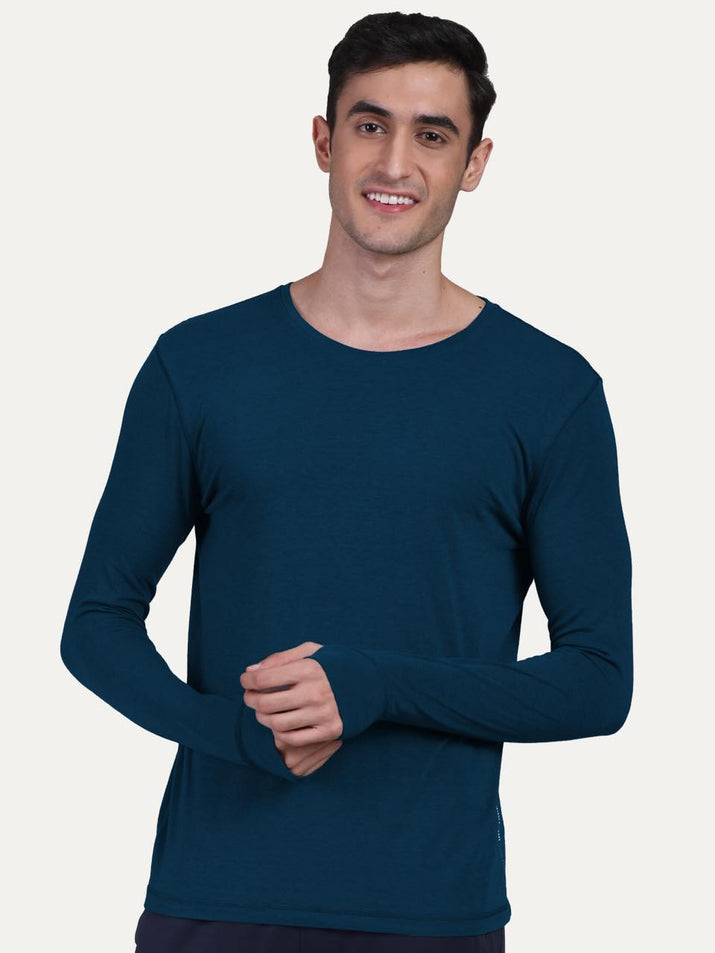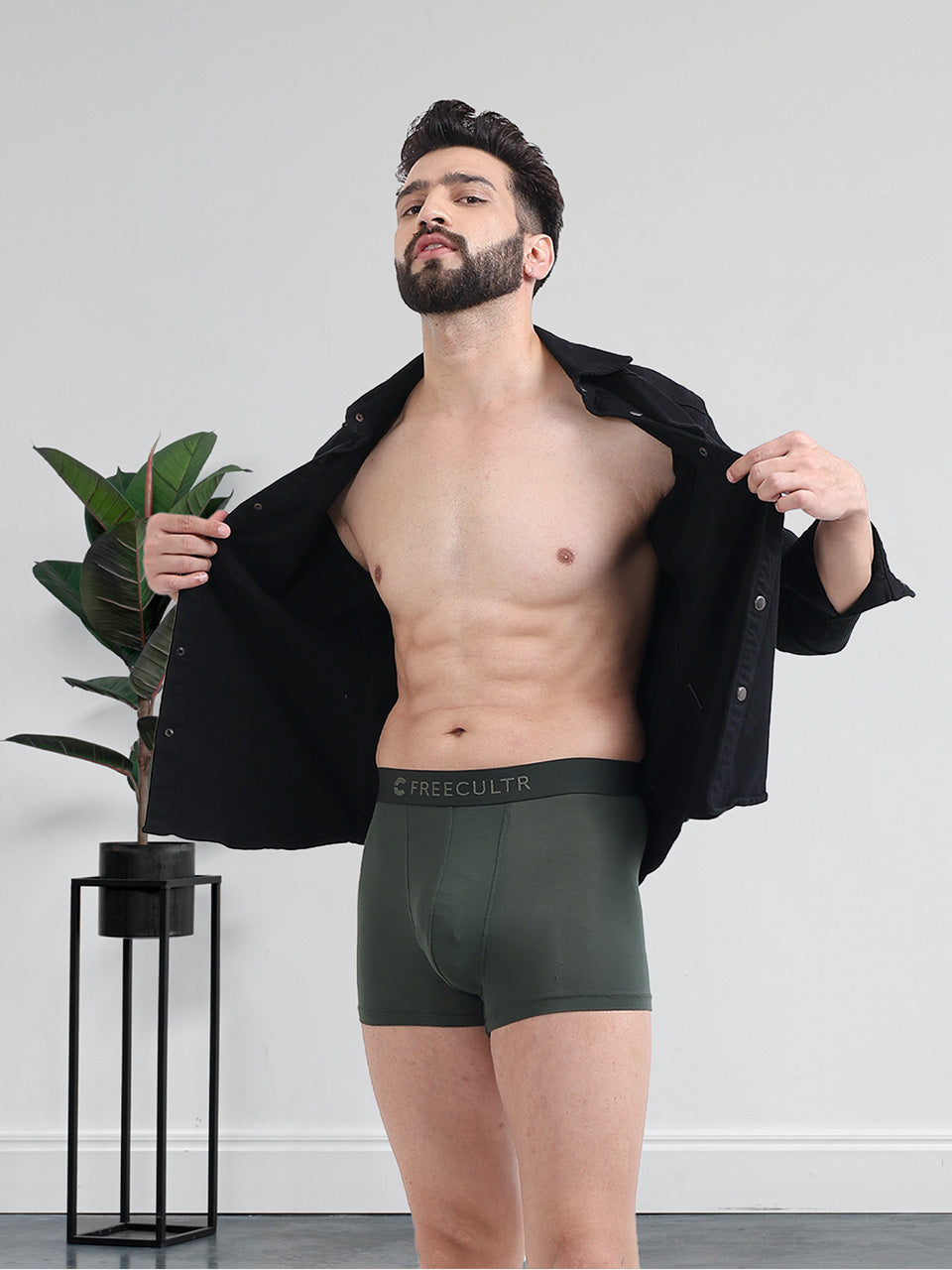Introduction
In the realm of activewear and everyday comfort, the concept of “skins” – garments designed for a second-skin fit and superior temperature regulation – is revolutionizing how we experience clothing. These innovative pieces, often crafted from advanced synthetic fabrics, are engineered to move with you, enhance performance. Maintain optimal body temperature. This article delves into the science and benefits behind skins, exploring their construction, materials. How they contribute to overall comfort and well-being. We'll examine how this close-fitting design provides a foundation for both athletic endeavors and daily life, offering unparalleled comfort and performance. This is more than just clothing; it's an investment in your comfort and performance.

The Science of Second-Skin Fit
The defining characteristic of skins is their snug, conforming fit. This isn't just about aesthetics; it's about functionality. The close fit provides several key benefits:
- Reduced Friction
- By hugging the body closely, skins minimize friction between the garment and the skin, preventing chafing and irritation, especially during high-intensity activities.
- Enhanced Support
- The compressive nature of skins can provide support to muscles, potentially reducing muscle fatigue and soreness. This is particularly beneficial during workouts and recovery.
- Improved Proprioception
- The close fit can enhance proprioception, your body's awareness of its position in space, which can improve coordination and balance.
Example: Runners often wear compression shorts or leggings (a type of skin) to reduce muscle vibration and fatigue during long-distance runs. Studies have shown that compression garments can reduce muscle damage and improve recovery time.
Temperature Regulation: Keeping You Comfortable
Beyond fit, the fabrics used in skins are crucial for temperature regulation. These fabrics are typically designed to:
- Wick Away Moisture
- Advanced moisture-wicking fabrics draw sweat away from the skin, allowing it to evaporate quickly. This helps keep you cool and dry, even during intense activity.
- Promote Airflow
- Many skins incorporate breathable panels or fabrics that allow air to circulate, further enhancing cooling.
- Provide Insulation
- In colder conditions, skins can provide a layer of insulation, trapping body heat to keep you warm.
Consider the example of wearing a moisture-wicking undershirt under a sweater in cold weather. The undershirt will draw sweat away from your skin, preventing you from feeling clammy and cold. Similarly, in hot weather, a skin-tight shirt can help keep you cool by promoting evaporation.
Materials Matter: A Look at the Fabrics
The performance of skins is heavily reliant on the materials used. Common fabrics include:
- Polyester
- Durable, moisture-wicking. Quick-drying.
- Nylon
- Strong, elastic. Resistant to abrasion.
- Spandex (Elastane/Lycra)
- Provides excellent stretch and recovery, ensuring a snug fit.
- Merino Wool
- Natural fiber that offers excellent temperature regulation, moisture-wicking. Odor resistance. While often not as "skin tight" as synthetic options, it provides similar benefits.
Often, these fabrics are blended to optimize performance. For example, a blend of polyester and spandex provides a good balance of moisture-wicking, stretch. Durability.
Real-World Applications and Benefits
Skins are widely used in a variety of applications:
- Sports
- Running, cycling, swimming, weightlifting. Other athletic activities.
- Outdoor Activities
- Hiking, camping, skiing. Snowboarding.
- Medical
- Compression garments are used to improve circulation and reduce swelling.
- Everyday Wear
- Many people wear skins as base layers for added comfort and temperature regulation.
Case Study: A study published in the Journal of Strength and Conditioning Research found that wearing compression shorts during and after exercise reduced muscle soreness and improved recovery time in athletes. This highlights the potential benefits of skins for athletic performance and recovery.
Choosing the Right Skins for You
When selecting skins, consider the following factors:
- Activity Level
- Choose fabrics and designs that are appropriate for your activity level. High-intensity activities require more breathable and moisture-wicking fabrics.
- Climate
- Consider the climate you'll be wearing the skins in. Warmer climates require lighter, more breathable fabrics, while colder climates require warmer, more insulating fabrics.
- Fit
- Ensure the skins fit snugly but comfortably. They should not be too tight or restrictive.
- Consider the properties of different fabrics and choose one that meets your needs.
| Fabric | Pros | Cons |
|---|---|---|
| Polyester | Durable, moisture-wicking, quick-drying | Can retain odors |
| Nylon | Strong, elastic, abrasion-resistant | Less breathable than other options |
| Spandex | Excellent stretch and recovery | Not very durable on its own |
| Merino Wool | Excellent temperature regulation, moisture-wicking, odor-resistant | Can be more expensive, requires special care |
Conclusion
Skins offer a unique combination of second-skin fit and advanced temperature regulation, making them a versatile choice for athletes, outdoor enthusiasts. Anyone seeking enhanced comfort and performance. By minimizing friction, providing support. Regulating body temperature, skins can help you stay comfortable and perform at your best. Choosing the right skins involves considering your activity level, climate. Personal preferences.
Ready to experience the benefits of skins? Explore the different styles and fabrics available to find the perfect fit for your needs. Consider starting with a high-quality undershirt or compression shorts to experience the difference. Invest in your comfort and performance today! Discover the difference second-skin fit can make.




